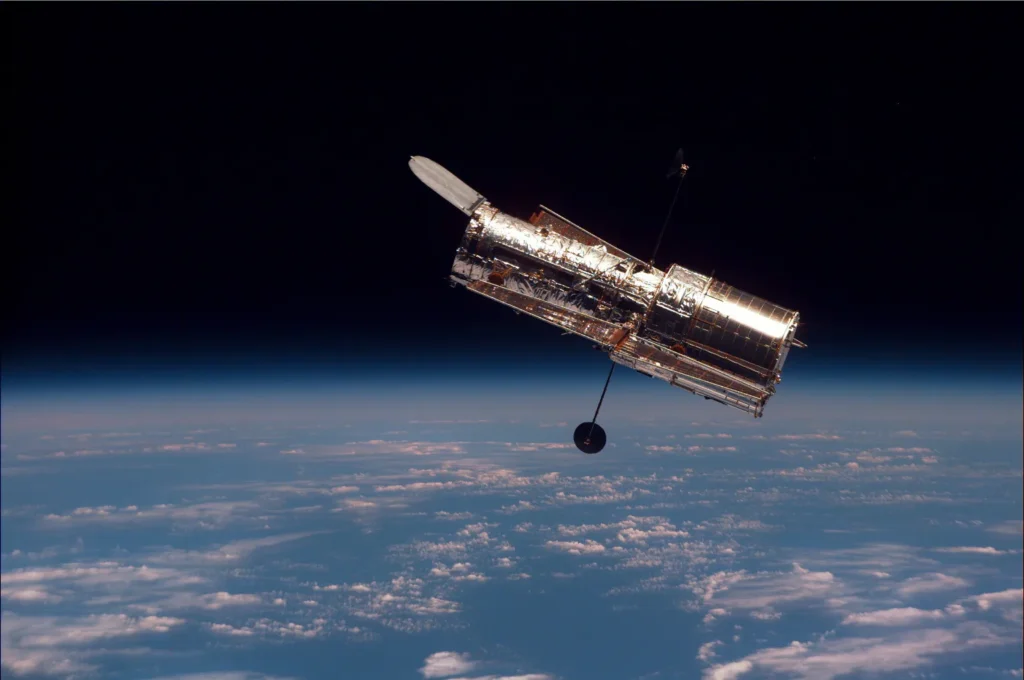NASA is considering reducing the budgets of its two largest space telescopes Hubble and Chandra. This is due to a larger reduction in spending on astrophysical programs.

The corresponding statement was made by Mark Clampin, director of NASA’s astrophysical division. Speaking at the National Academies’ Committee on Astronomy and Astrophysics on October 13, he said that the organization was exploring the possibility of reducing the budgets of the Chandra X-Ray Observatory and Hubble Space Telescope.
According to Clampin, the current situation is connected with the agreement reached in the summer of 2023 between the US Congress and the White House on raising the debt ceiling in exchange for limiting spending. According to it, all expenditures on non-defense needs for 2024 (including the NASA’s budget) will remain at the level of 2023, with an increase of only 1% in 2025.
This agreement put NASA in a very complicated position because, against the background of the need to implement a very expensive Artemis program, the organization was highly counting on an increase in funding. In reality, it had to postpone the implementation of a number of programs and start cutting costs in various fields of research.
Now, these reductions have affected astrophysics. In its budget proposal for fiscal year 2024, NASA requested USD 93.3 million for Hubble and USD 68.7 million for Chandra, which roughly corresponded to the budgets of previous years. Together, this amounts to a little more than 10% of the total budget for astrophysics.
However, now the aerospace administration is considering reducing the costs of maintaining their work. The situation is aggravated by the fact that Hubble and Chandra are among the oldest NASA telescopes. Hubble was launched in 1990, and Chandra in 1999. The operation of the last one is becoming more and more difficult every year. This is because the isolation on the outer surface of the spacecraft is gradually being destroyed, which leads to its heating, which interferes with scientific observations.

Next May, NASA plans to conduct two “mini senior reviews” of these missions to decide whether and how to extend their service lives. At the same time, during last year’s review in the field of astrophysics, both telescopes were actually excluded from this list. Then it was about how to increase their effectiveness and whether it was worth extending the missions.
According to Clampin, all the money saved from using Chandra and Hubble will be used for other priority tasks in the field of astrophysics, including the development of the next space telescopes. However, it is still too early to say exactly what the cuts will be. It will depend on exactly how much money NASA gets. Congress has not yet approved a bill to fund the organization for next year.
According to https://spacenews.com
Follow us on Twitter to get the most interesting space news in time
https://twitter.com/ust_magazine
